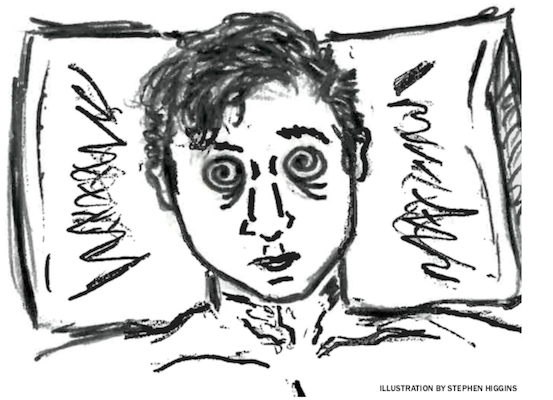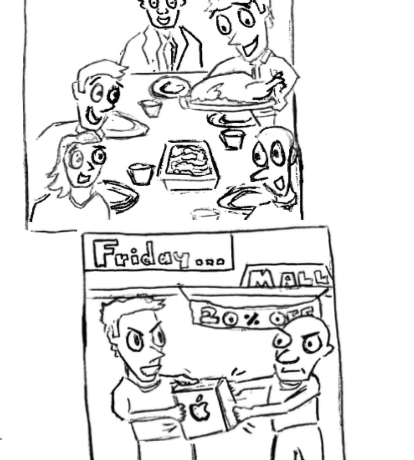By Matt Doyle
Contributing Editor
The most dangerous thing on earth is another human being. From 1967 to 2017, data has shown that 146 mass shootings have taken place, with an average of eight people dead including the perpetrator, according to the Washington Post. The earliest known school shooting in the United States dates back to 1764 in Greencastle, Pennsylvania. America has grown numb to the unnecessariness of these shootings. Within a week after the news reports on a school shooting we have forgotten and moved on without any action taken to rectify the issue.
But what happens if it happens here? Douglas Babcock, the director of public safety, said that our school is a safe institution with set policies and practices that keep the campus secure. “We have a specific response plan for armed intruders. We work in tandem with officers from other towns to do trainings. We have mass notification systems to get the word out to more people more quickly.” He added, “There is always something we can do to be more prepared.” Every year in March, Public Safety holds an Active Shooter Response clinic that is open to the whole campus. Unfortunately, on average only seven students attended the clinic.
For the past eight months, Public Safety has been working on new strategies to enhance our school’s response to the recurring events surrounding mass killings. The plan is to create a pop-up course worth one credit for students. “This could be the most innovative way to get students and faculty informed about what to do in an emergency, how to read the telling signs of a troubled member of our community, and teach us about gun safety,”Babcock said.
As for the college’s gun policy, Public Safety allows students to turn in their firearms for safekeeping while they attend. When a student chooses to go hunting or to a shooting range they will be allowed to take back their firearm. Once the firearm is released back to the student, they are no longer allowed to set foot on campus.
“Less than 10 students each year bring firearms into the Public Safety Office,” Babcock said.
After speaking with a number of students about their thoughts on the matter, I was surprised to see most of the students completely unaware of this policy.
Students don’t need to be as prepared as the Department of Public Safety but they should be more informed than they are currently. It has become very clear to me that Babcock is determined to make St. Michael’s College a safe community but he can only help to make it safe if the students and faculty participate. As a community we need to learn from these horrific incidents.
Students from Florida have become activists and I believe that St. Michael’s College can have an impact as well. By creating this course on safety, we can become a role model for other institutions on how to best reach a mass amount of students throughout the year on safety. If this course does what it is supposed to do then students won’t have to only rely on Public Safety to protect them from a crisis.


